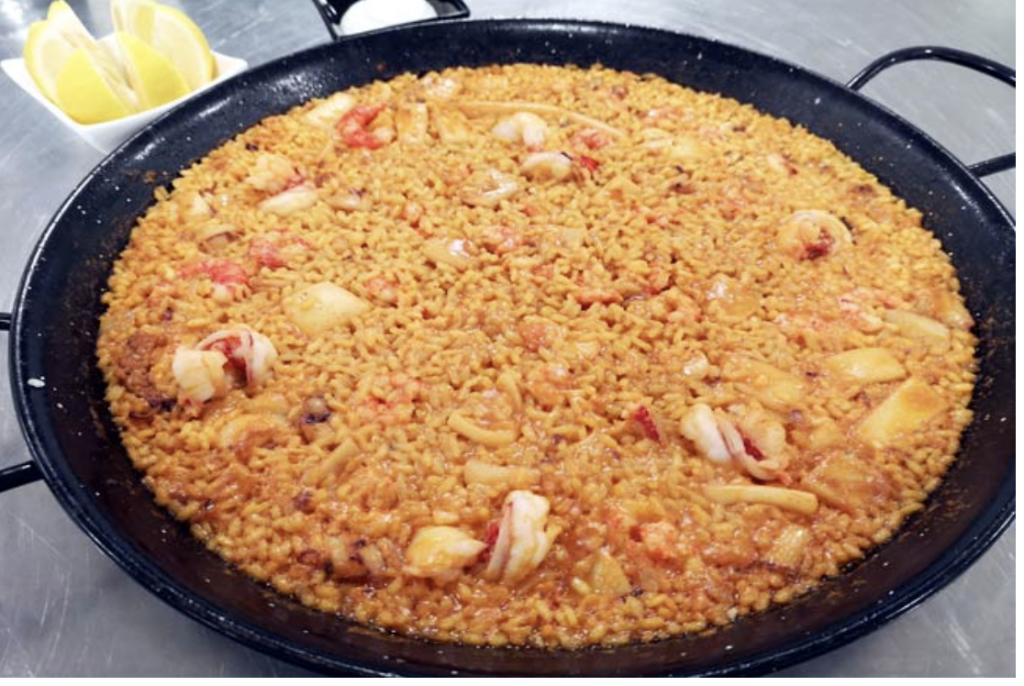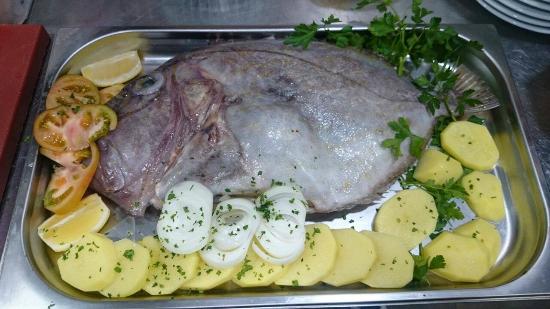Food & Culture
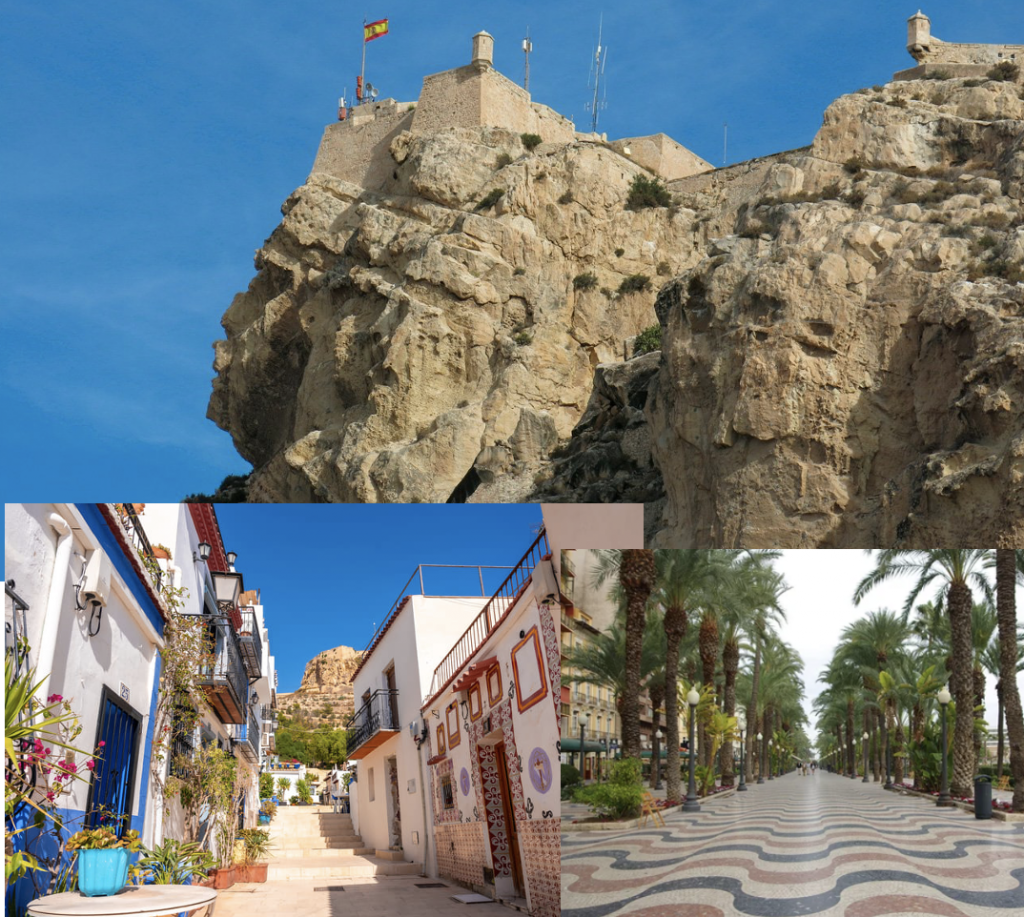
Alicante is located in the southeast of Spain and is known for the quality of its beaches and the good weather, but it is much more than that. It is a city with a history of more than 3000 years where Iberians, Romans and Muslims lived. The origin of its name is a story of legend, love and war, the beautiful legend of Ali and Cántara.
It is a land of pirates and castles, of sailors’ villages and spectacular coves, of marine reserves and forest landscapes.
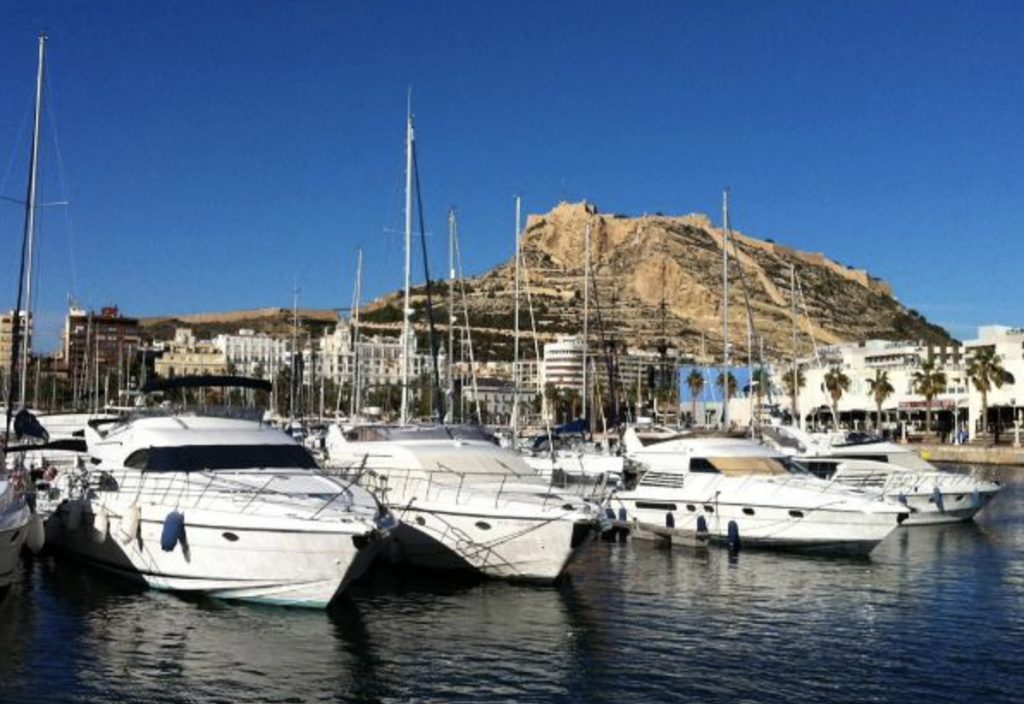
There are a number of essential places to visit in the city of Alicante. Among them we can highlight the castle of Santa Bárbara, the Explanada of Spain, the Luceros square, the port, the town hall, the co-cathedral of San Nicolás, the Santa Cruz neighbourhood, the central market and the Postiguet beach.

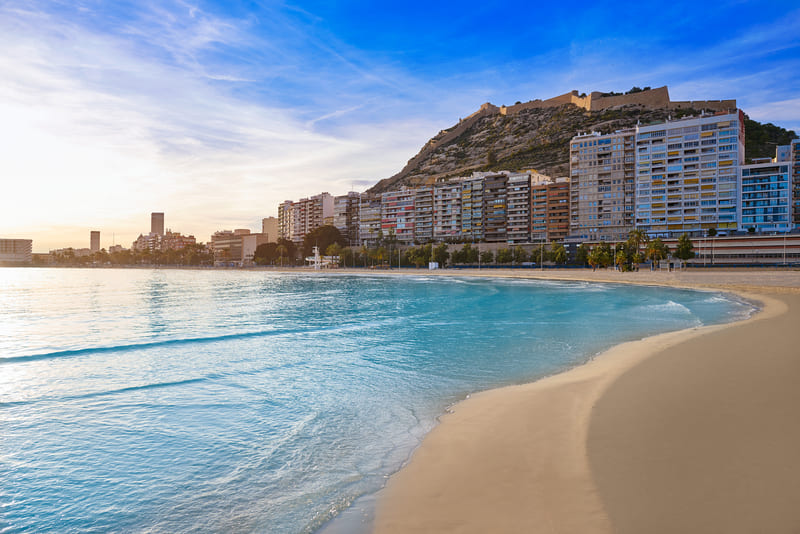
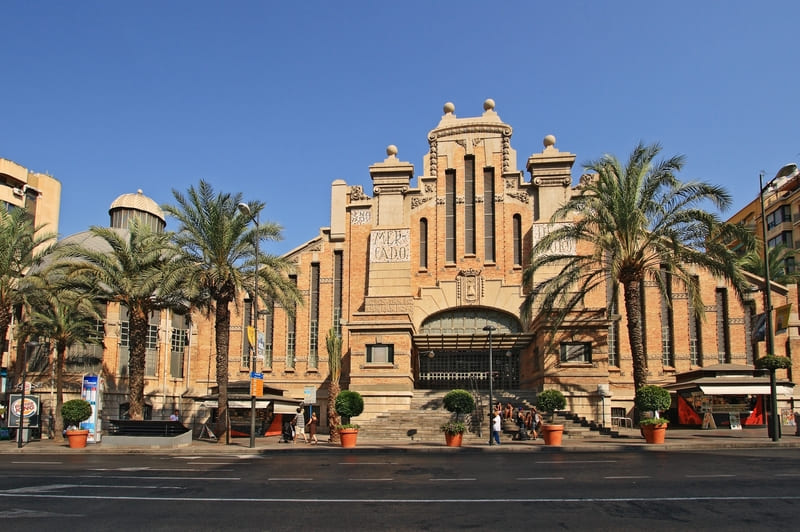
The Santa Faz pilgrimage, known as the Peregrina, is the second most popular pilgrimage in Spain. The people of Alicante walk the 7 kilometres that separate the town centre from the Santa Faz monastery. The origin of the pilgrimage dates back to 1489.
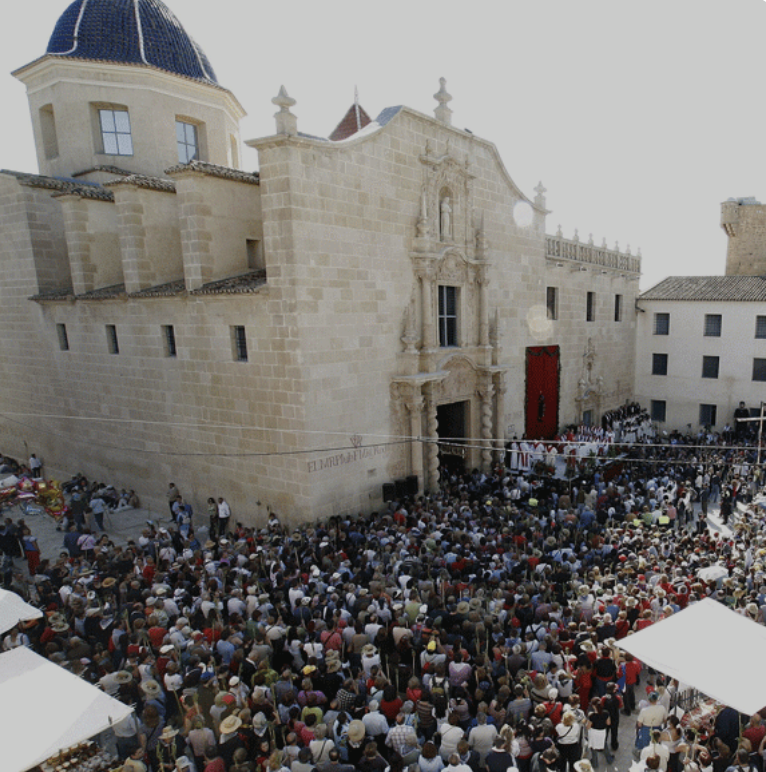
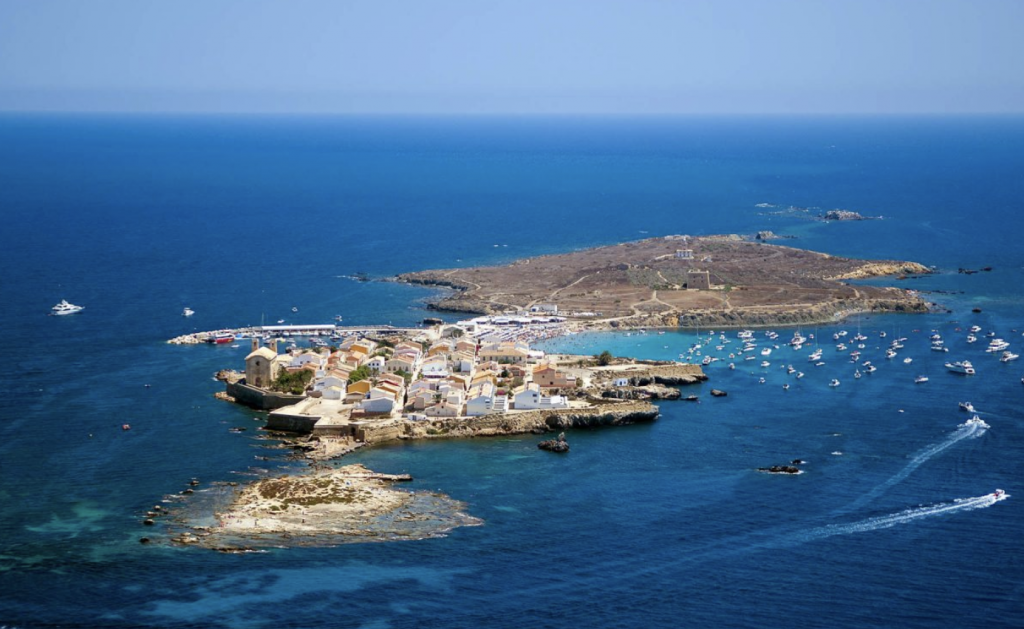
Tabarca, the smallest inhabited island in Spain, belongs to Alicante and is only 22 kilometres from the city. The whole island has been declared a Historic-Artistic Site and an Asset of Cultural Interest, and its waters are a Marine Nature Reserve, the first in Spain. Excursions to Tabarca island can be made from the port of Alicante in a boat with underwater vision.
Alicante has several museums including the Provincial Archaeological Museum of Alicante (MARQ) where you can take a historical tour through the different rooms that show the legacy of peoples such as the Iberians or the Romans. Other options are the Gravina Museum of Fine Arts (MUBAG) located in an 18th century palace in the historic centre of Alicante, the Museum of Contemporary Art of Alicante (MACA) and the Museum of the City of Alicante (MUSA) located in the Castle of Santa Barbara.
A very different museum is the Alicante Water Museum, which was created as a space to promote knowledge, respect and the importance of water in an area where there is such a shortage and where traditionally great use has been made of this scarce resource. This museum is located in a building in the San Antón neighbourhood, on the slopes of Mount Benacantil (a representative symbol of the city) and next to the Garrigos wells, dug into the rock in the 19th century to capture and store rainwater.
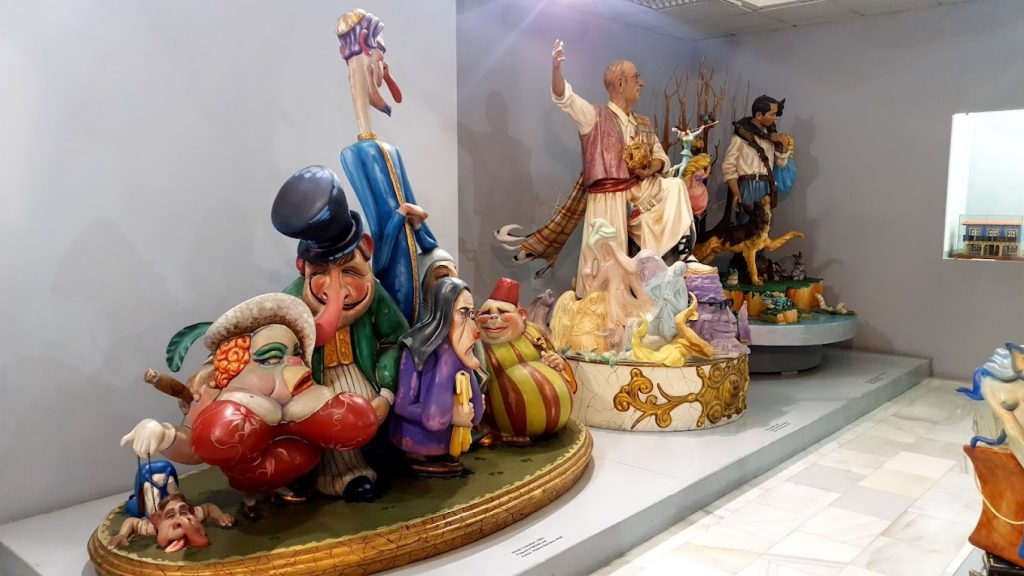
Fogueres Museum
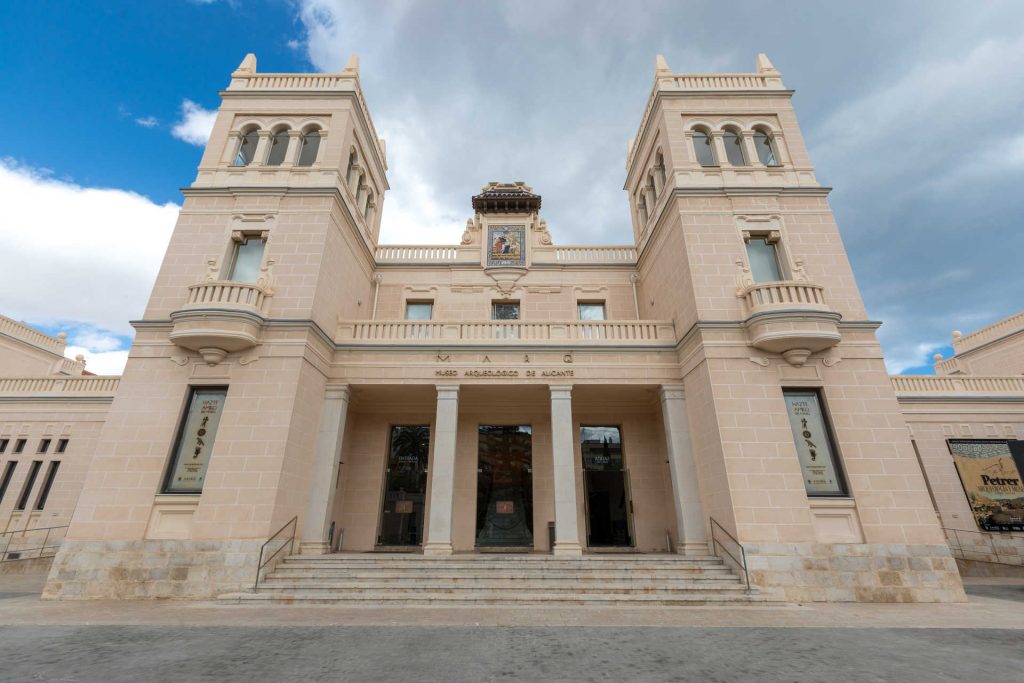
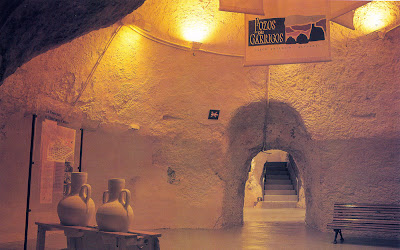
Finally, mention should be made of the Fogueres Museum, where you can observe the different evolutionary stages of the most representative festival of the city of Alicante, which is celebrated in June: Les Fogueres de San Joan, a festival declared to be of International Tourist Interest.
Rice dishes are the emblem of most restaurants in Alicante, both meat and fish dishes, and one of the most popular is “a banda” rice. A very typical product of Alicante’s gastronomy is salted fish. Alicante’s markets provide magnificent fish and seafood, among which the Mediterranean red shrimp stands out. Special mention should be made of the well-known product consumed at Christmas: turron, introduced by the Arabs and with documentary evidence dating back to the 16th century.
Fondillón is one of the best known historic wines in the world. Alicante has its own Protected Designation of Origin and some of its wines have won awards in the most prestigious national and international competitions.
